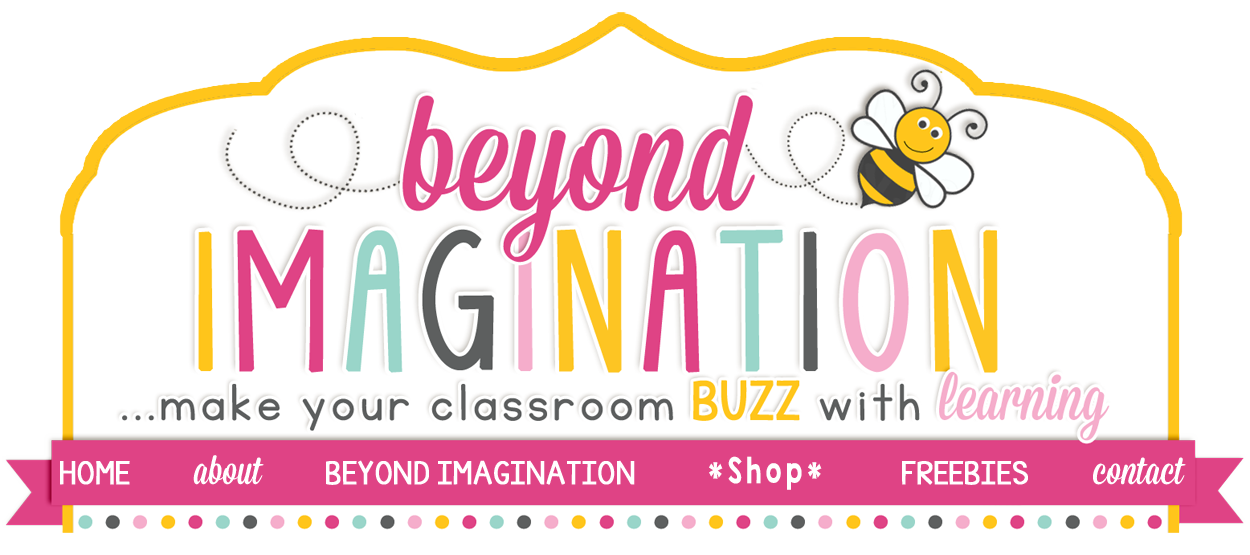It's common knowledge, not all humans are born equal. Our diversity from one human to another is the reason why we are all so unique. Sadly, the modern day classroom often struggles to cater to the diverse needs that students have. This is in no way the teachers fault. Being a teacher these days is as hard as packing up your work bag, while juggling apples made out of Jell-O, while trying to defy the law of gravity. Actually come to think of it, it's even harder than that sometimes.
So what is the key to allowing students to learn in a differentiated style?
The problem is the key is hidden within the resources you as a teacher choose to use. Creating these yourself is not only a tedious task, but it is often overwhelming trying to figure out how you can adjust one main resource to allow for different needs in learning.
The problem is the key is hidden within the resources you as a teacher choose to use. Creating these yourself is not only a tedious task, but it is often overwhelming trying to figure out how you can adjust one main resource to allow for different needs in learning.
My current goal with my store is to try and adjust as many resources as I can that are on offer to allow for differentiated learning. I am also on a mission to make my resources as real-world relevant and as fun as possible. This is why all of my country studies and continent studies now include 4 different versions (blank no text, original, lines no text, and no images) to allow for differentiated learning. They also include fun boarding passes and postcards that will even get you, as the teacher, excited to "travel" around the world from the comfort of your own classroom.


If you want to implement differentiated learning in your classroom while being on a budget, then check out the following ideas:
· Assign “experts” to take a leadership role and assist others with their learning (extends very capable learners).
· Get the students to create their own questions or worksheets that replicate a resource you are using in class. This flip-side approach really gets them thinking (extends capable and very capable learners).
· Hold small group sessions to discuss what the learning task at hand is (helps struggling learners feel more confident with the learning material).





No comments:
Post a Comment